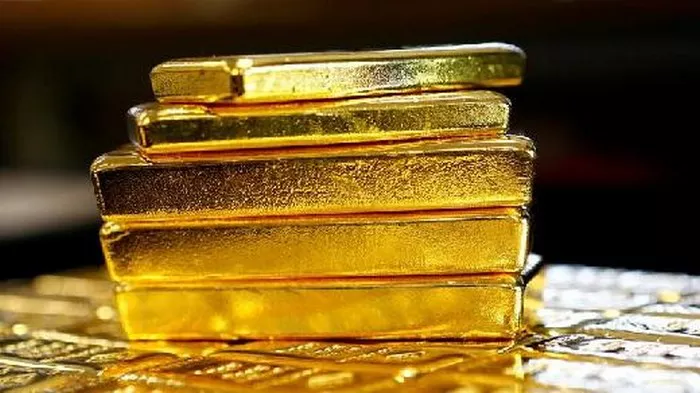Gold has been considered a valuable asset for centuries, attracting investors and traders looking to diversify their portfolios or hedge against market uncertainty. One popular way to trade gold is through futures contracts. In this article, we will explore how much a gold futures contract typically costs and discuss the factors that influence its price.
Understanding Gold Futures Contracts
Before delving into the cost of a gold futures contract, it’s important to understand what a futures contract is and how it works. A futures contract is an agreement between two parties to buy or sell an underlying asset, in this case, gold, at a predetermined price and date in the future. The standardized nature of futures contracts makes them tradable on exchanges.
Contract Specifications
Gold futures contracts have specific specifications that determine their cost. These include the contract size, delivery months, tick size, and margin requirements. The most actively traded gold futures contract is the one traded on the COMEX division of the New York Mercantile Exchange (NYMEX). Each COMEX gold futures contract represents 100 troy ounces of gold.
Price Determination
The price of a gold futures contract is influenced by various factors, including supply and demand dynamics, macroeconomic indicators, geopolitical events, and market sentiment. Let’s explore these factors in detail:
Supply and Demand Dynamics: The fundamental principle of supply and demand plays a significant role in determining gold futures prices. If demand for gold outweighs supply, prices tend to rise, and vice versa. Factors such as global gold production, central bank reserves, jewelry demand, and investment demand all contribute to the overall supply-demand equation.
Macroeconomic Indicators: Economic indicators like inflation, interest rates, GDP growth, and currency exchange rates can impact gold futures prices. For example, during periods of high inflation or economic uncertainty, investors often turn to gold as a safe haven, driving up its price.
Geopolitical Events: Geopolitical events such as political instability, wars, trade disputes, or sanctions can create volatility in financial markets and affect gold prices. Investors may perceive gold as a store of value during turbulent times, leading to increased demand and higher futures prices.
Market Sentiment: Investor sentiment and market expectations play a crucial role in determining gold futures prices. Factors like speculative trading, technical analysis, and trend-following behavior can influence short-term price movements. Positive or negative sentiment towards gold as an investment asset can impact demand and, consequently, prices.
Calculating the Cost
The cost of a gold futures contract is calculated based on the current futures price and the contract size. Let’s assume the current futures price for a COMEX gold futures contract is $1,800 per ounce, and the contract size is 100 troy ounces. To calculate the total cost, we multiply the futures price by the contract size:
Cost of Gold Futures Contract = Futures Price * Contract Size
Cost of Gold Futures Contract = $1,800 * 100
Cost of Gold Futures Contract = $180,000
Therefore, in this scenario, the cost of a single COMEX gold futures contract would amount to $180,000.
Additional Costs and Risks
It’s important to note that the cost of a gold futures contract extends beyond the initial contract price. Traders and investors must also consider additional costs, such as brokerage commissions, exchange fees, and potential margin requirements. These costs can vary depending on the broker and exchange used.
Furthermore, trading futures contracts involves inherent risks. The leverage associated with futures trading can amplify both profits and losses. Traders should carefully assess their risk tolerance and employ appropriate risk management strategies.
Conclusion
The cost of a gold futures contract depends on various factors, including supply and demand dynamics, macroeconomic indicators, geopolitical events, and market sentiment. Understanding these factors helps traders and investors gauge the potential price movements of gold futures contracts. Additionally, it’s essential to consider additional costs and risks associated with futures trading. By conducting thorough research, analyzing market conditions, and employing effective risk management strategies, participants can make informed decisions when engaging in gold futures trading.


